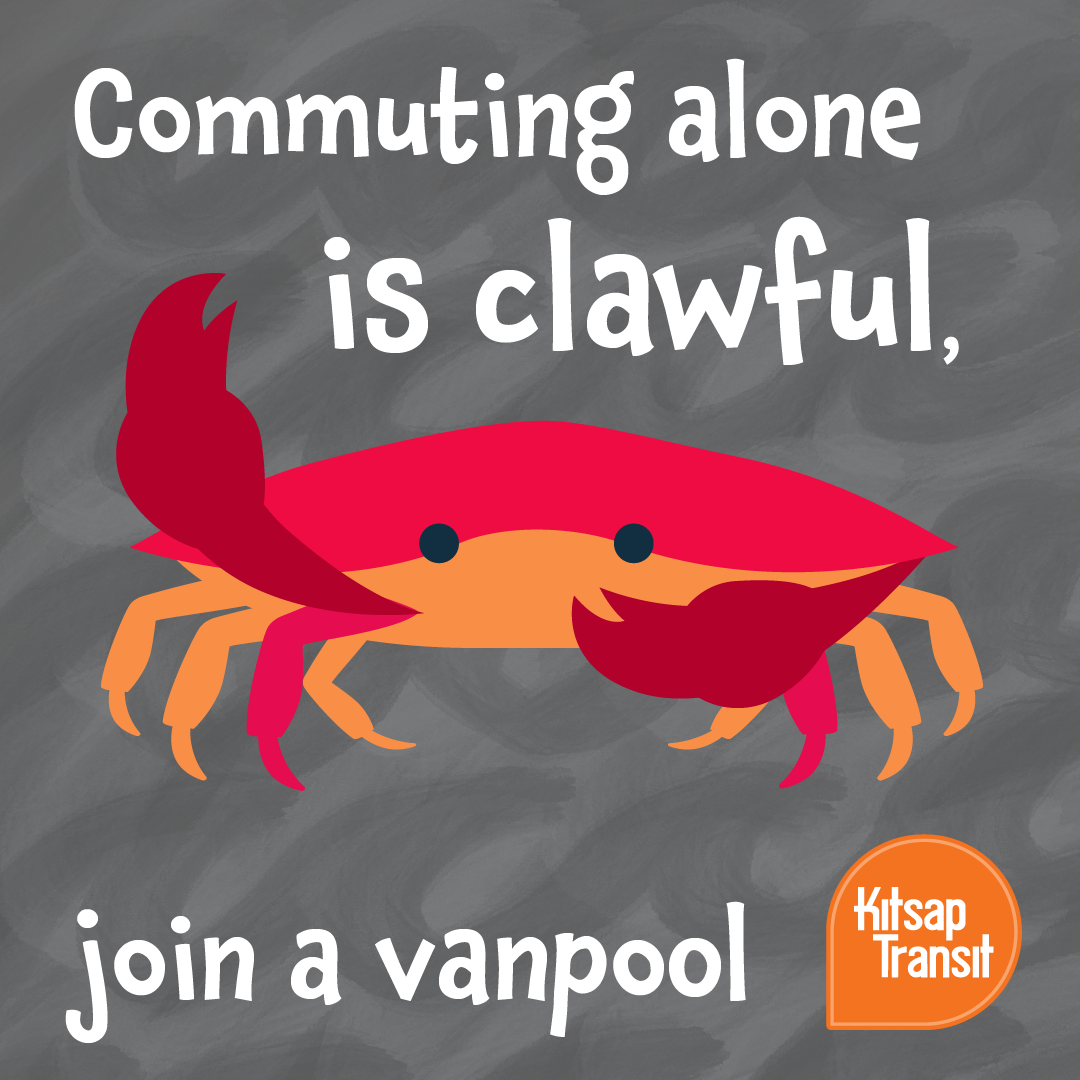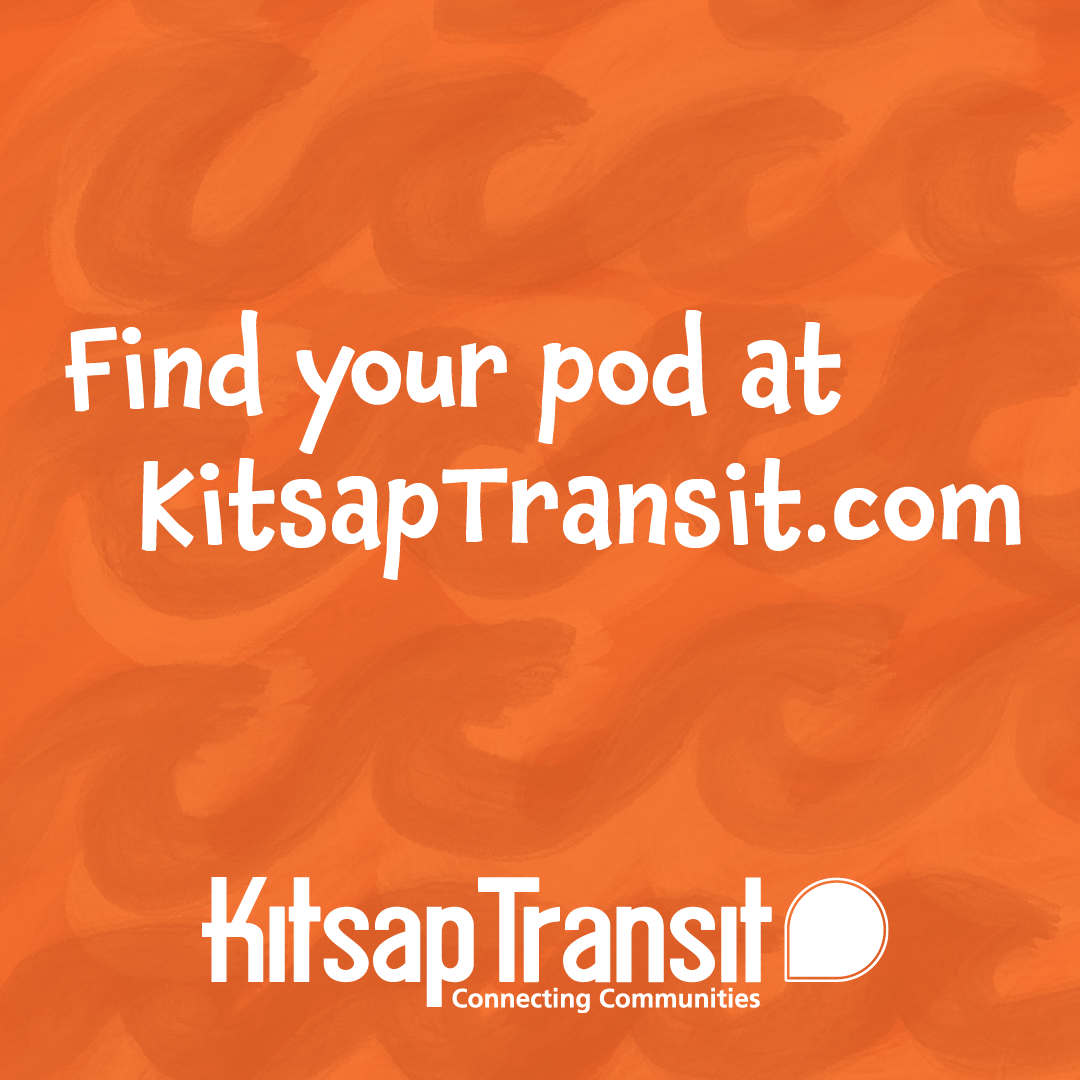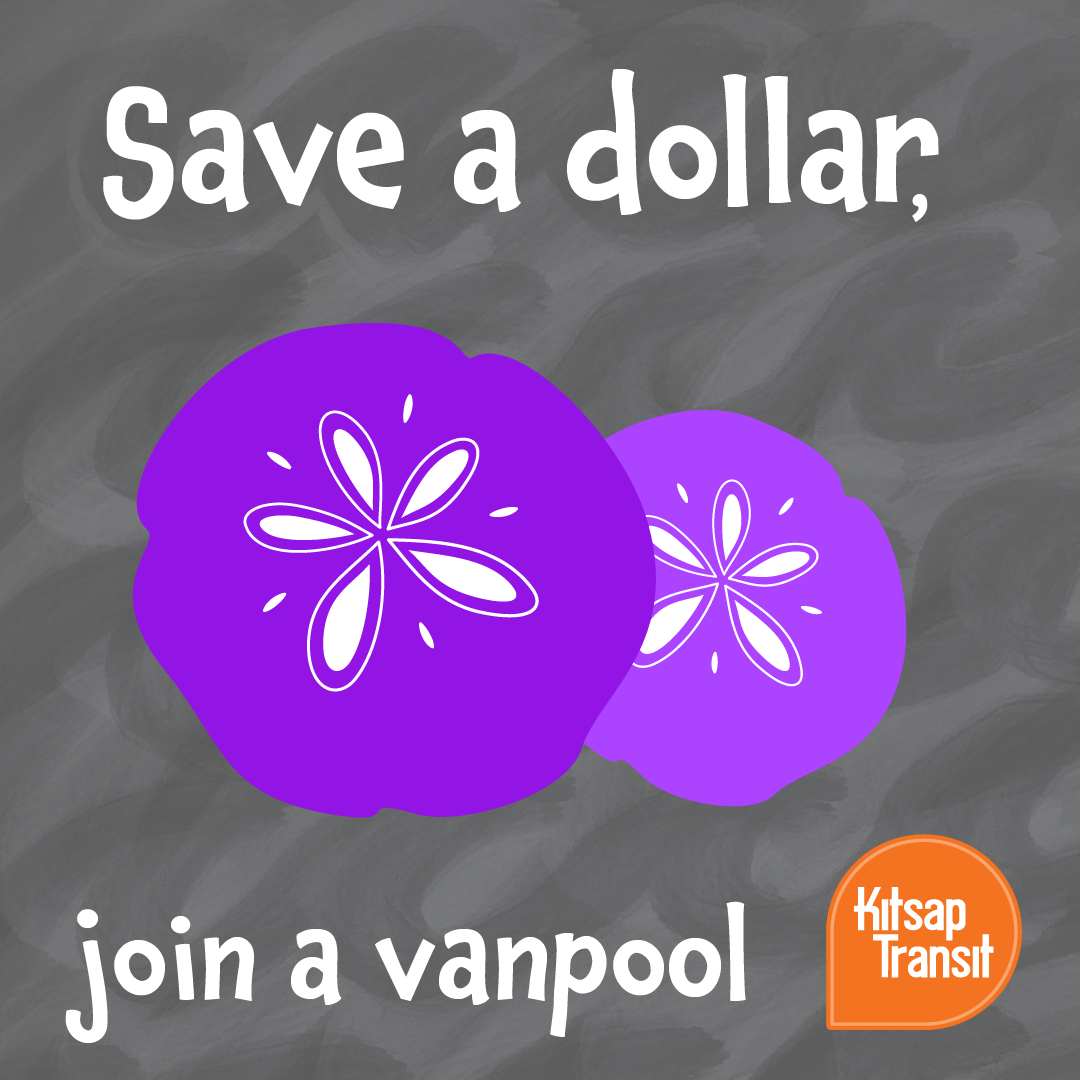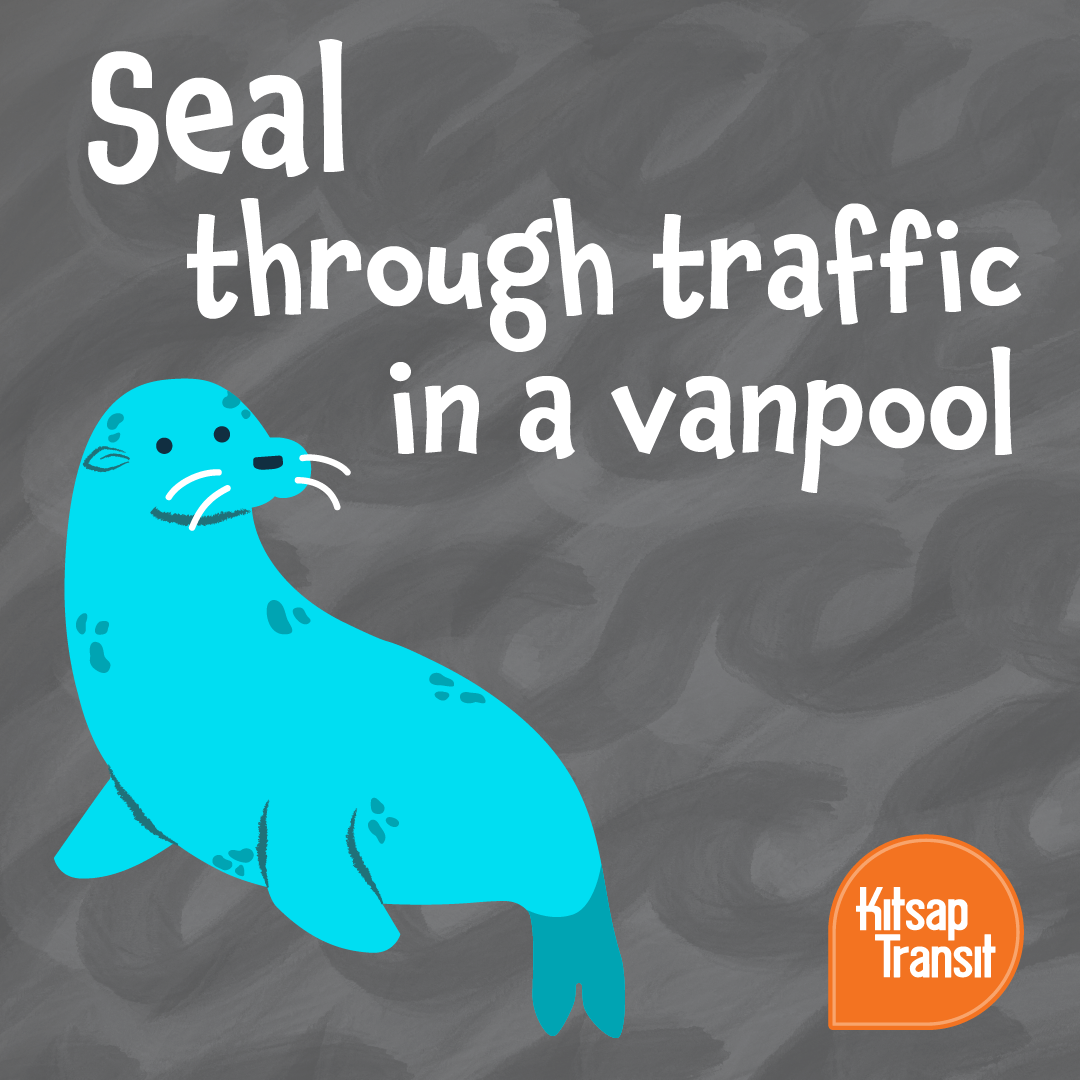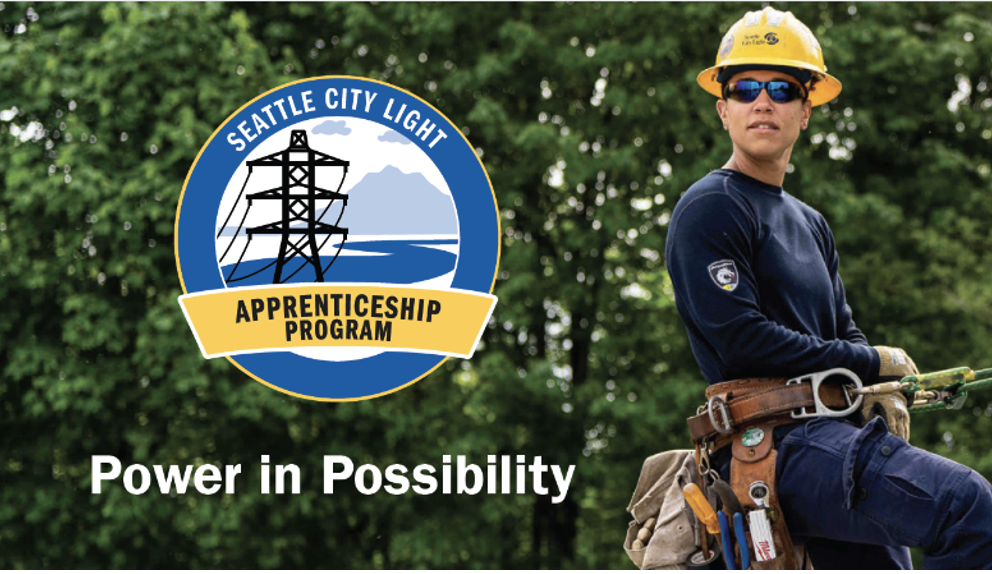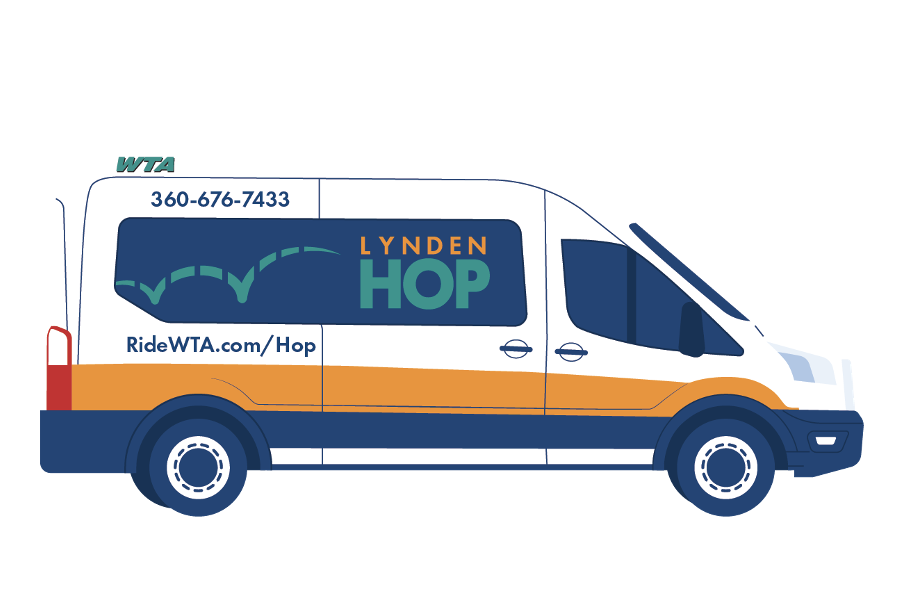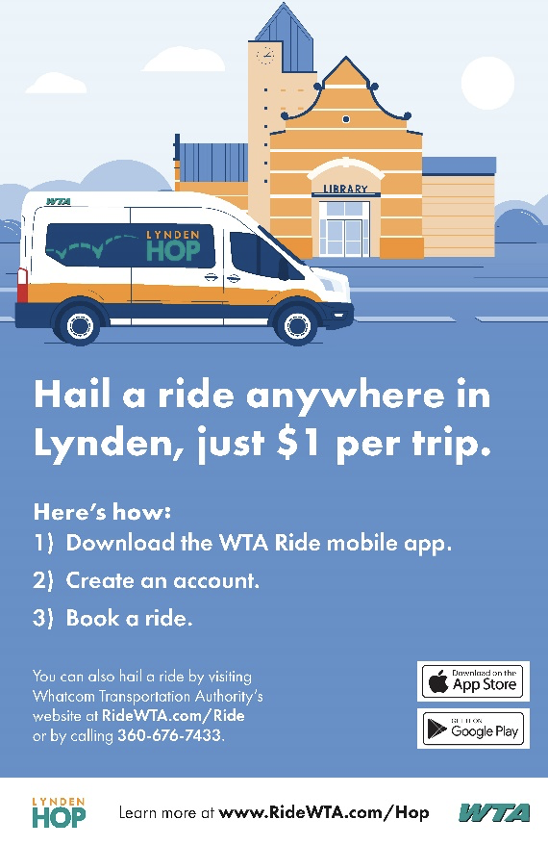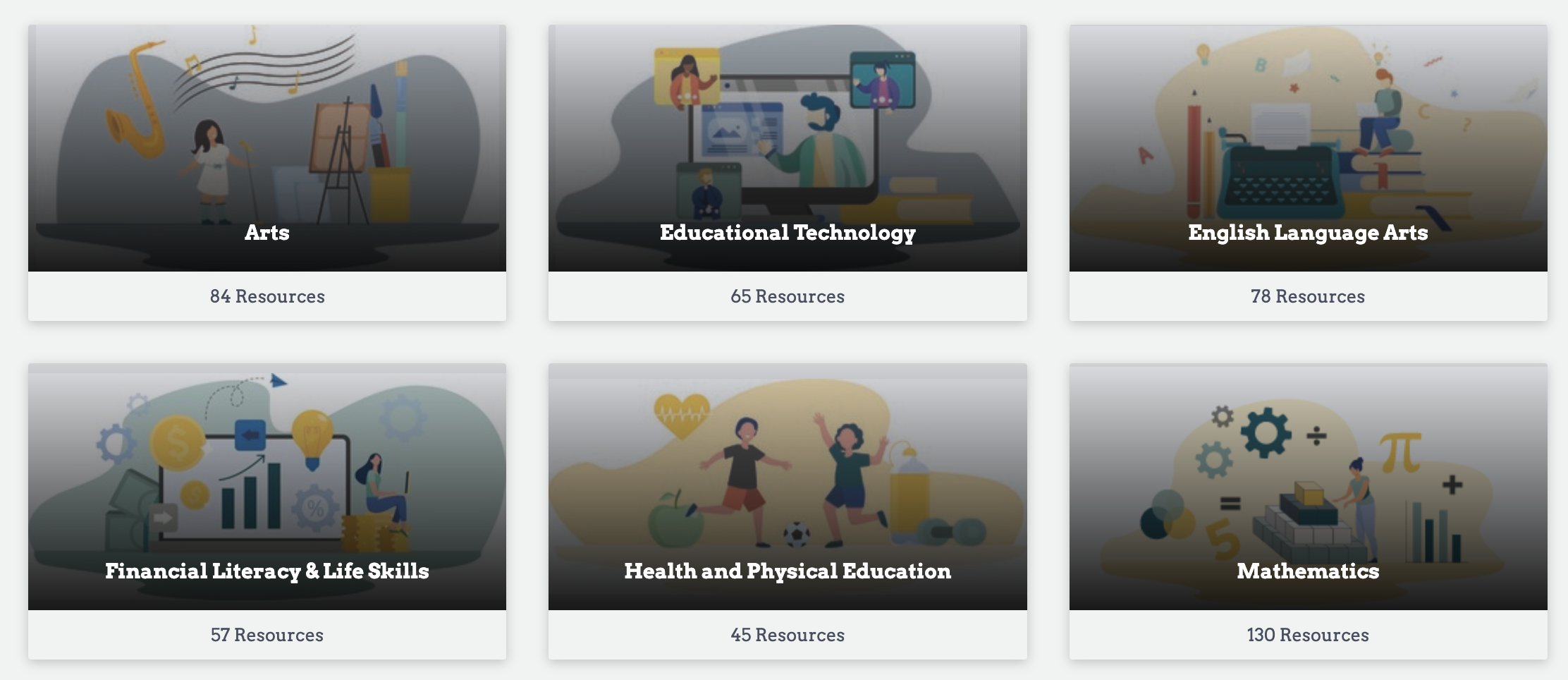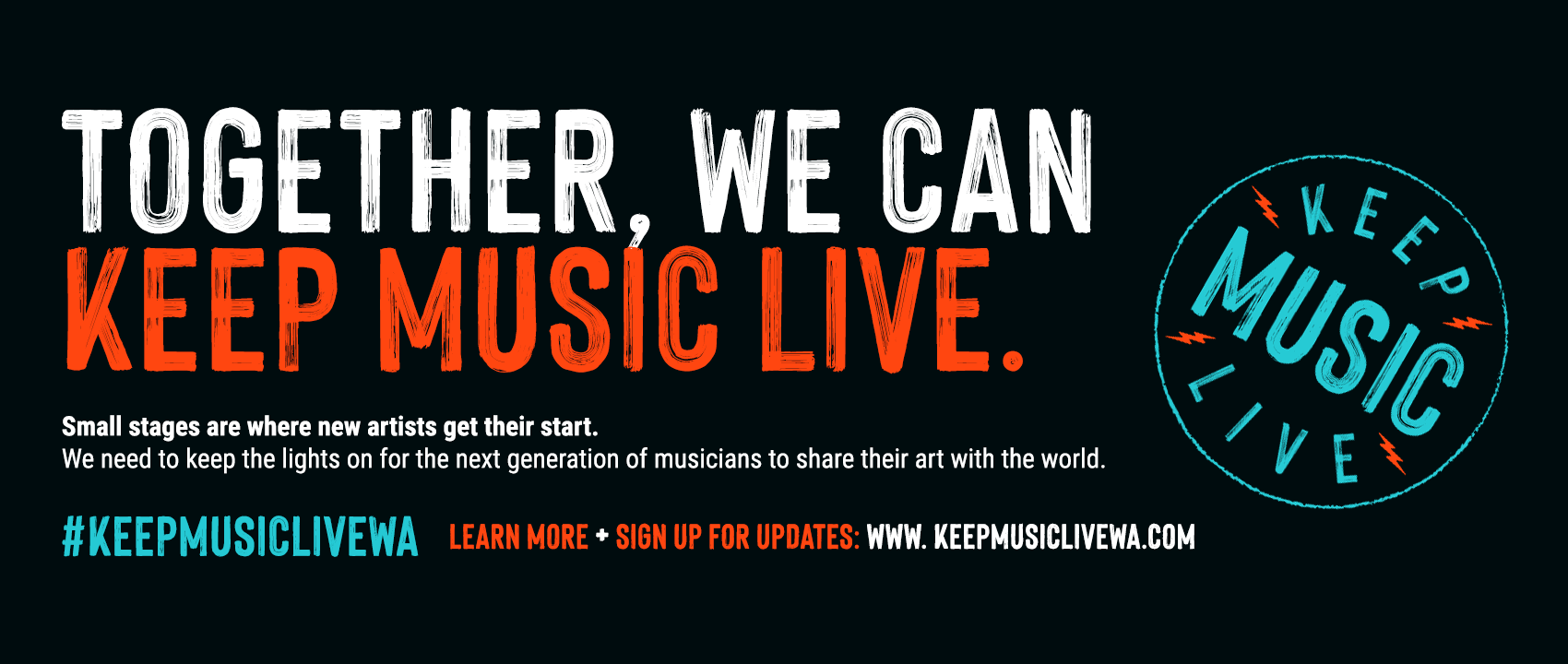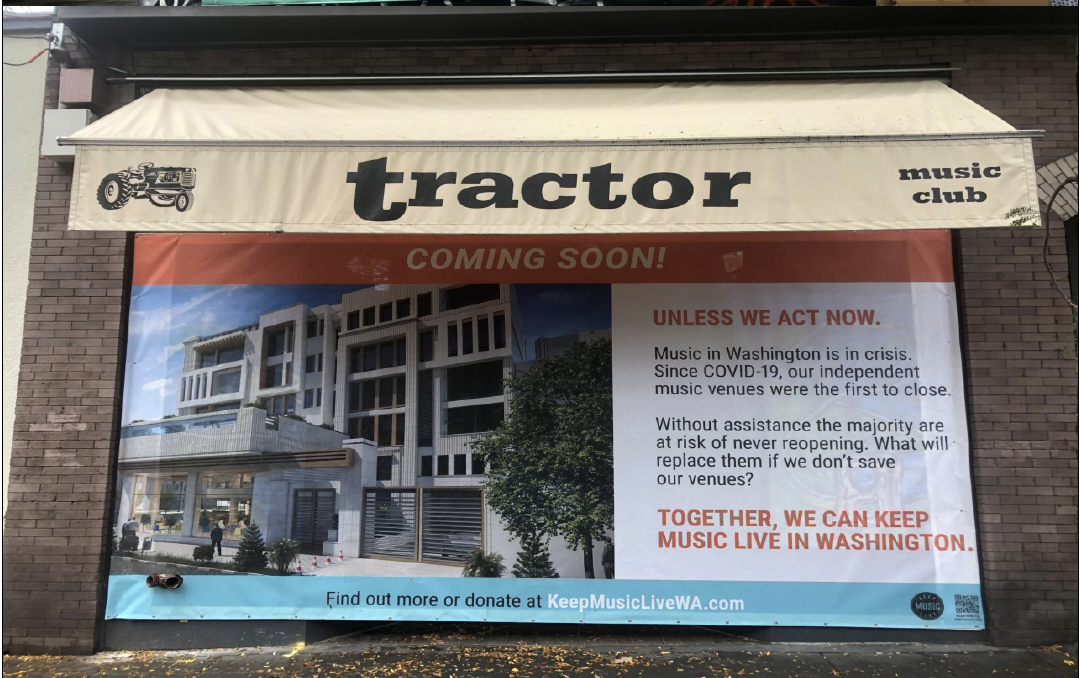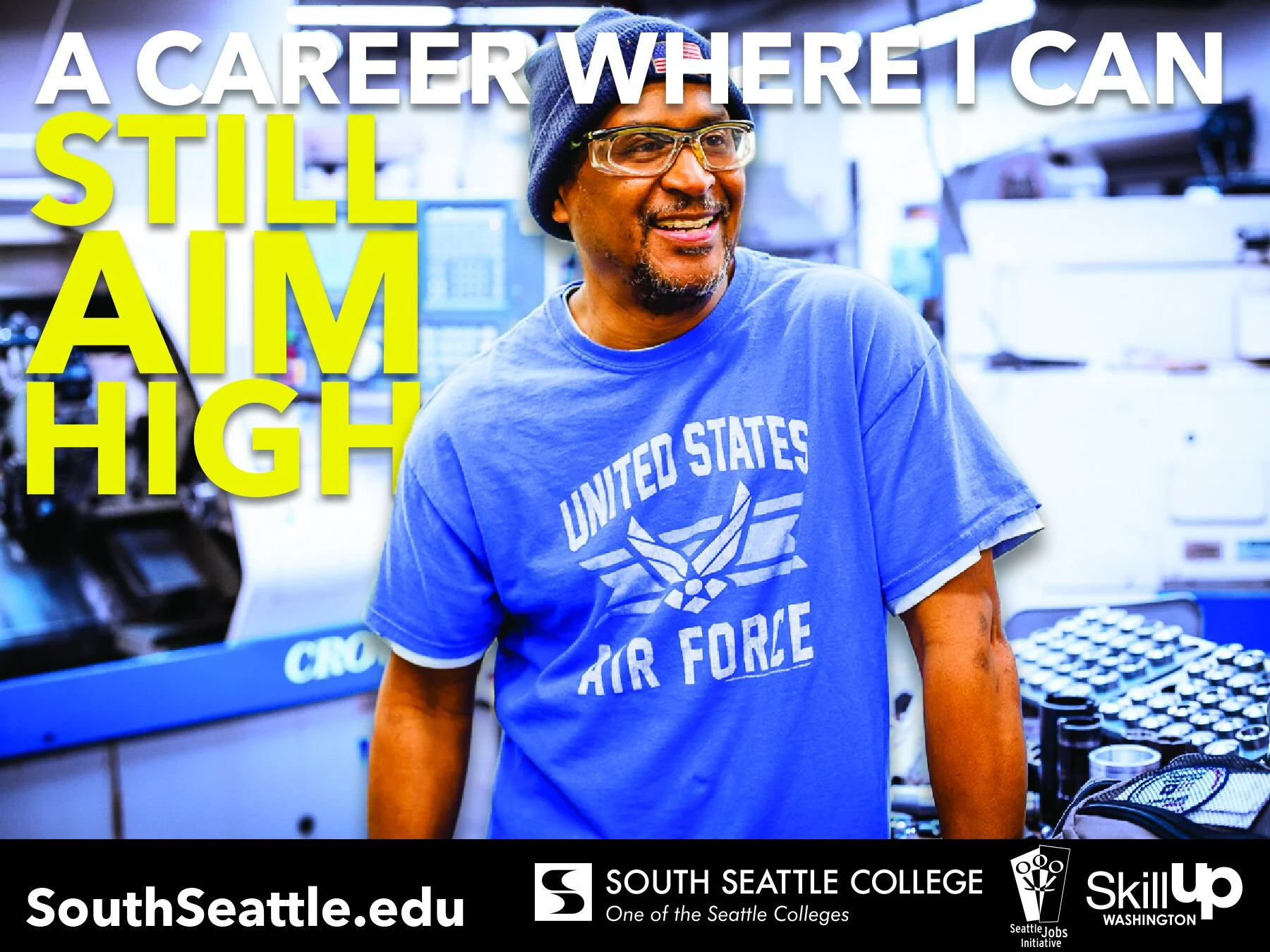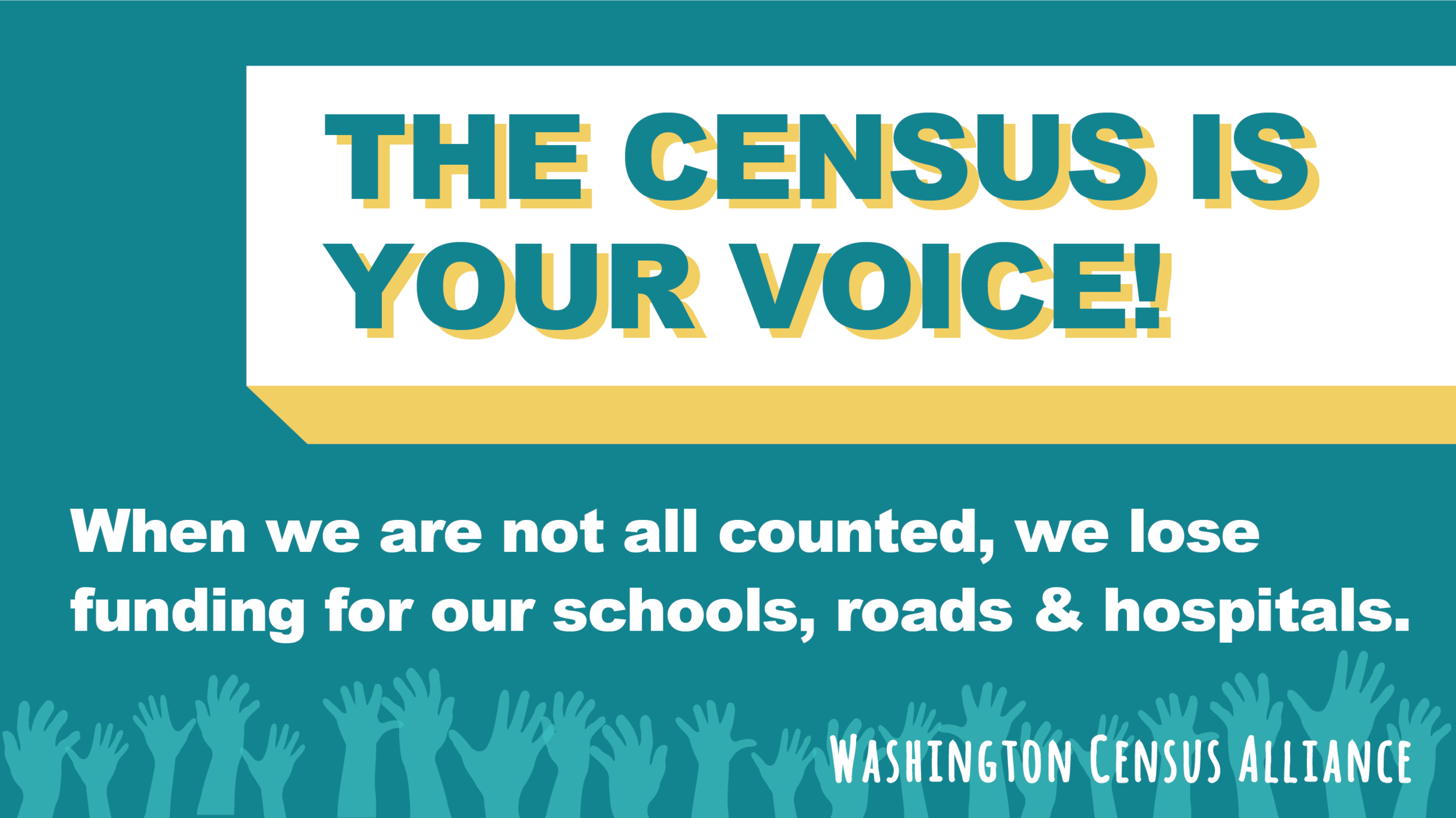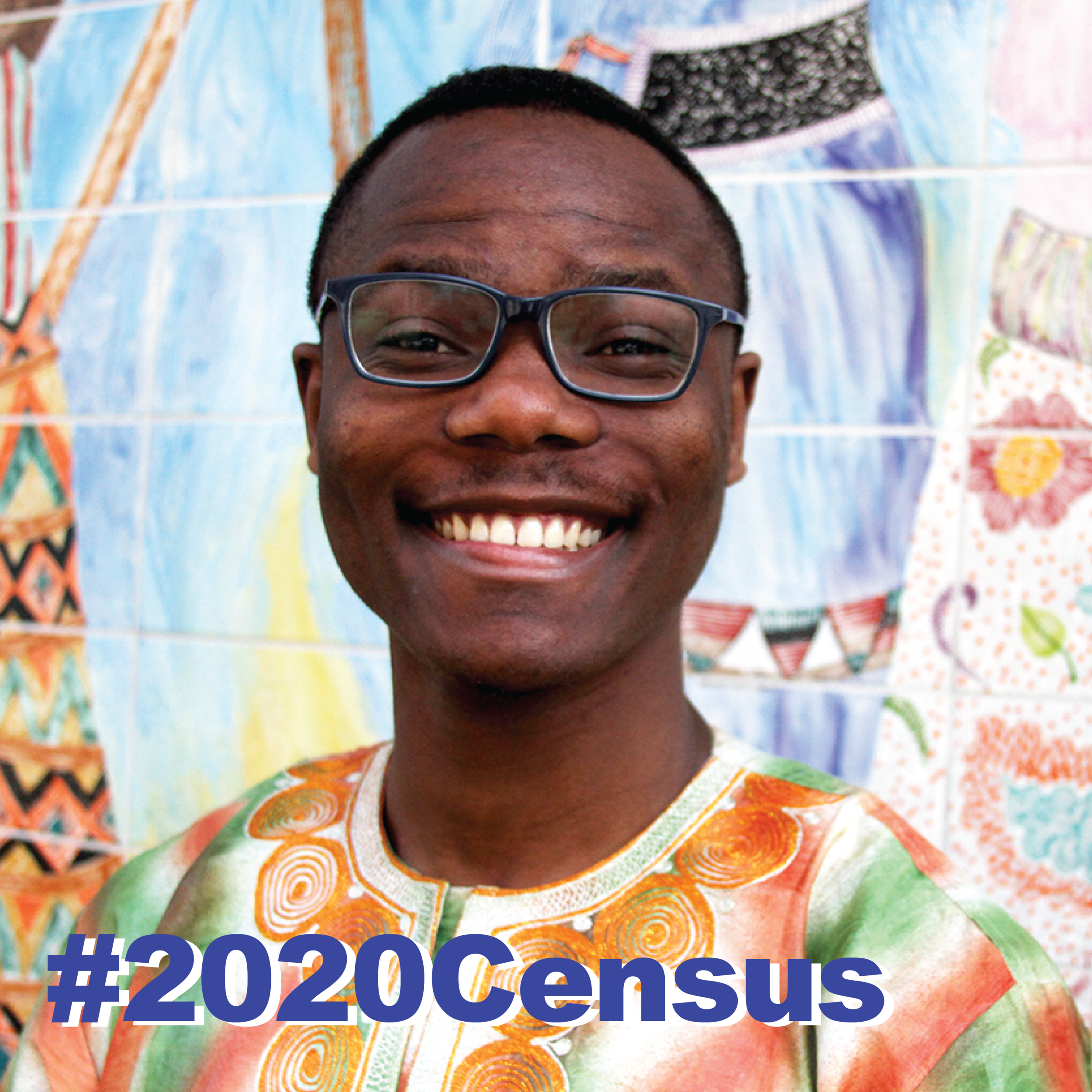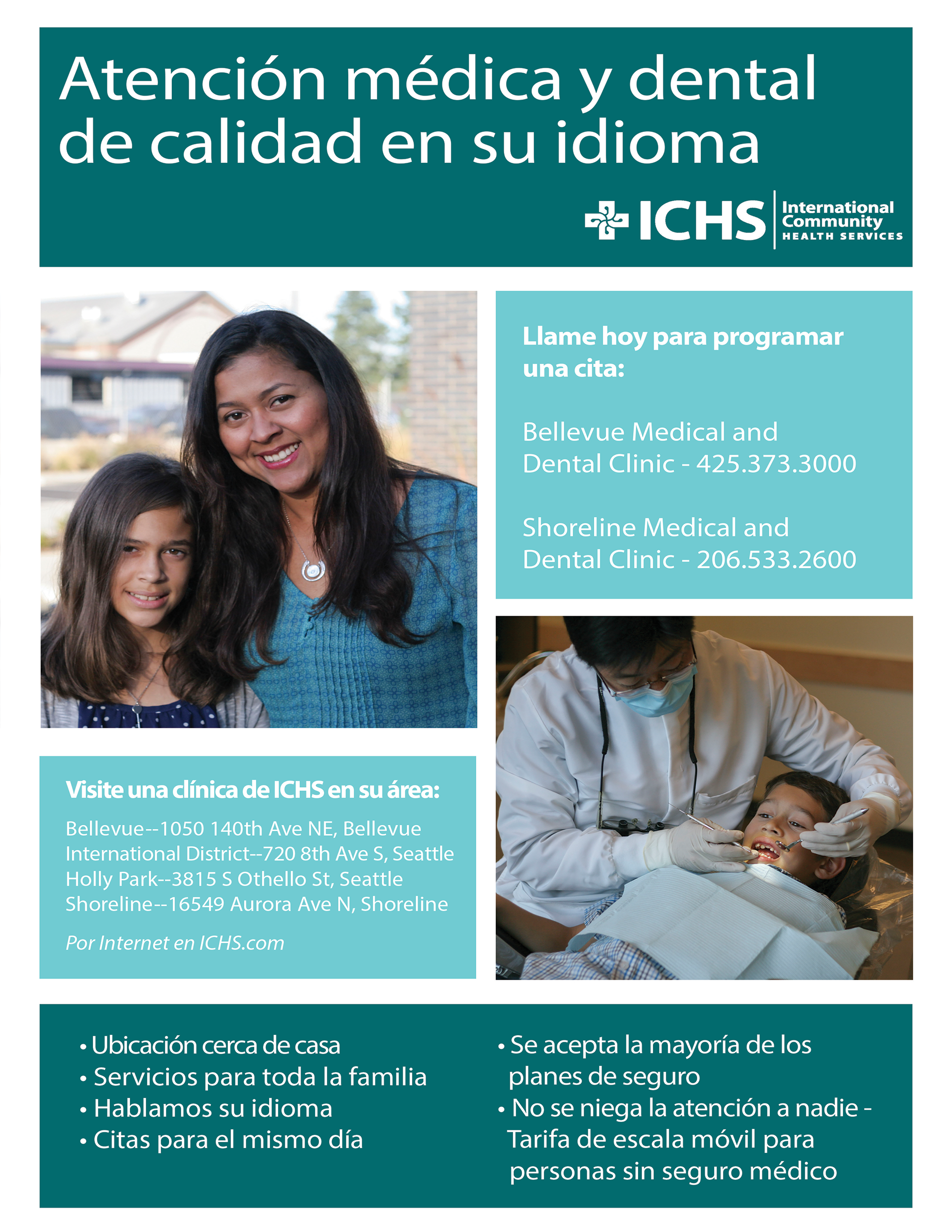The Situation
In May 2023, Kitsap Transit hired Team Soapbox to implement a campaign to raise awareness about its vanpool service, increase vanpool registration, and encourage a younger audience to participate. The campaign's goal was to highlight four key items Kitsap Transit Vanpool provides: financial savings, shorter commute times and parking perks, environmental sustainability, and improved quality of life.
The solution
Kitsap Transit requested that the campaign included social graphics, collateral materials, and videos delivered with a timeline of 45 days. To begin our work, Team Soapbox did the initial research and identified the primary audience for the campaign to be 18–40-year-old blue-collar workers commuting in and around Kitsap County, including those working at the nearby Naval Base (PSNS, Bangor, Keyport).
Using this data, we presented the Kitsap Transit team with three campaign concepts that we felt met their request that the campaign be “playful, fun, inspiring, direct, and informative.” Kitsap Transit also sought for the campaign to feature imagery of existing vanpools, align with the existing brand identity, and feature creative imagery and memorable taglines.
From there, we developed and presented three unique campaign concepts to the Kitsap Transit team. The organization ultimately chose the “SEA You in a Vanpool” concept, which utilized animated versions of maritime animals commonly found in and around Puget Sound to share information about, and raise awareness of, Kitsap Transit Vanpool. We also incorporated elements of a second proposed concept to align the sea creatures with personalities one might encounter in a vanpool.
As part of the campaign, Team Soapbox developed a marketing advertising campaign that included social graphics, rack cards, posters, tabletop banners, and a t-shirt design that was used across collateral materials and social graphics. Team Soapbox remained nimble and flexible during this process and worked simultaneously with a subcontracted animation team to execute two :15 animated videos that aligned with the campaign’s visual identity within a tight deadline (video 1 and video 2). The animated videos highlighted the various perks associated with riding in a vanpool; specifically featuring the perk of commuting in the HOV and Ferry Fast Lanes.
All assets were delivered to Kitsap Transit by the middle of June. The campaign is expected to launch in July 2023.


